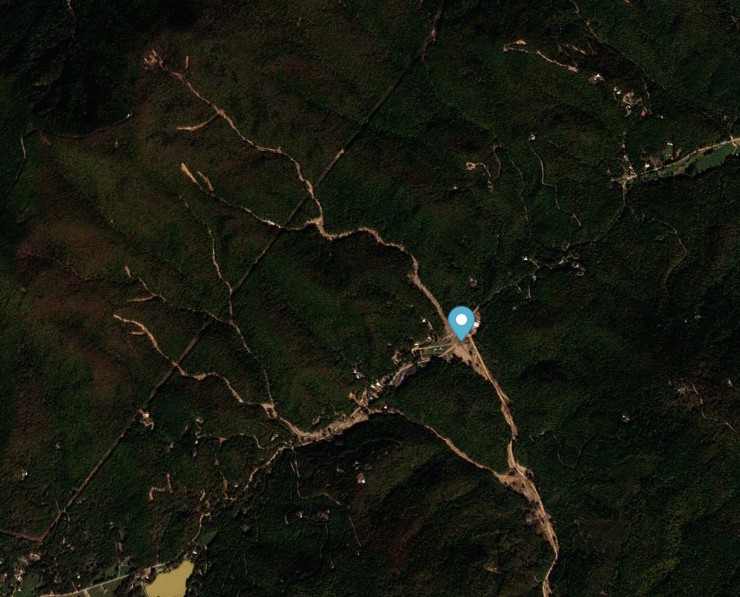The USGS has published a preliminary report on landslides triggered across western North Carolina, northern South Carolina, eastern Tennessee, and parts of southern Virginia by Hurricane Helene in September 2024. Over 2,000 failures were triggered by up to c.700 mm of rainfall in a 72 hour period.
Between 26 and 28 September 2024, the remnants of Hurricane Helene swept across the parts of the USA, triggering extreme rainfall in western North Carolina, northern South Carolina, eastern Tennessee, and parts of southern Virginia. In western North Carolina for example, 782 mm of precipitation fell in 72 hours. It has been quite difficult to get accurate information about the resultant landslides.
The United States Geological Survey (USGS) has now put that right with a preliminary field report (Allstadt et al. 2025) that describes the failures that were triggered by Hurricane Helene. There is also an excellent public-facing page with some images and a detailed archive with many more images stored as a zip file.
The report documents 2,217 landslides triggered by Hurrican Helene across the area investigated, and it provides a map to show the distribution:-

The team note that the largest landsides occurred where multiple smaller failures converged to create channelised debris flows, in common with similar events that I have described on this blog (for example in Tanzania, Kenya, India and Pakistan). One such example occurred at “Craigtown”, a small community in Fairview, Buncombe County, North Carolina. This is located at [35.558, -82.317] – the Planet Labs image below shows the aftermath of the event, with the marker placed on Craigtown:-

Allstadt et al. (2025) provide these images of the aftermath of the landslide at Craigtown:-

Thirteen people died in the channelised debris flows at Craigtown – eleven in the first event and two responders in a subsequent debris flow. The New York Times has a very powerful article about the impact on the community.
The USGS report is also careful to note that the aftermath of Hurricane Helene could see an elevated level of landslide hazard in the areas that received high rainfall totals. As they put it:
“High-risk landslides may have not yet been identified because of tree cover in areas where field observations have not yet been conducted.”
And finally, the northern hemisphere tropical cyclone season is just warming up. Tropical Depression Wutip has formed in the western Pacific basin and is now expected to travel to the north to make landfall in China. This is not a major storm, but will undoubtedly bring heavy rainfall. There will be many more to come in the coming weeks.
References
Allstadt, K. et al. 2025 Preliminary Field Report of Landslide Hazards Following
Hurricane Helene. U.S. Geological Survey Open-File Report 2025–1028.
Planet Team 2025 Planet Application Program Interface: In Space for Life on Earth. San Francisco, CA. https://www.planet.com/

